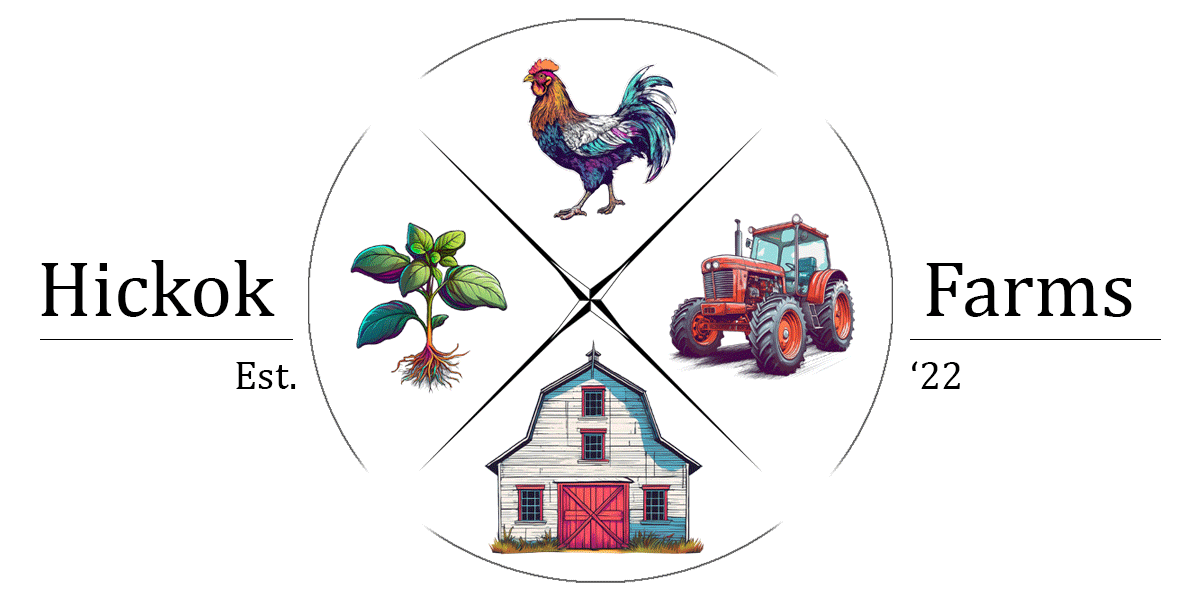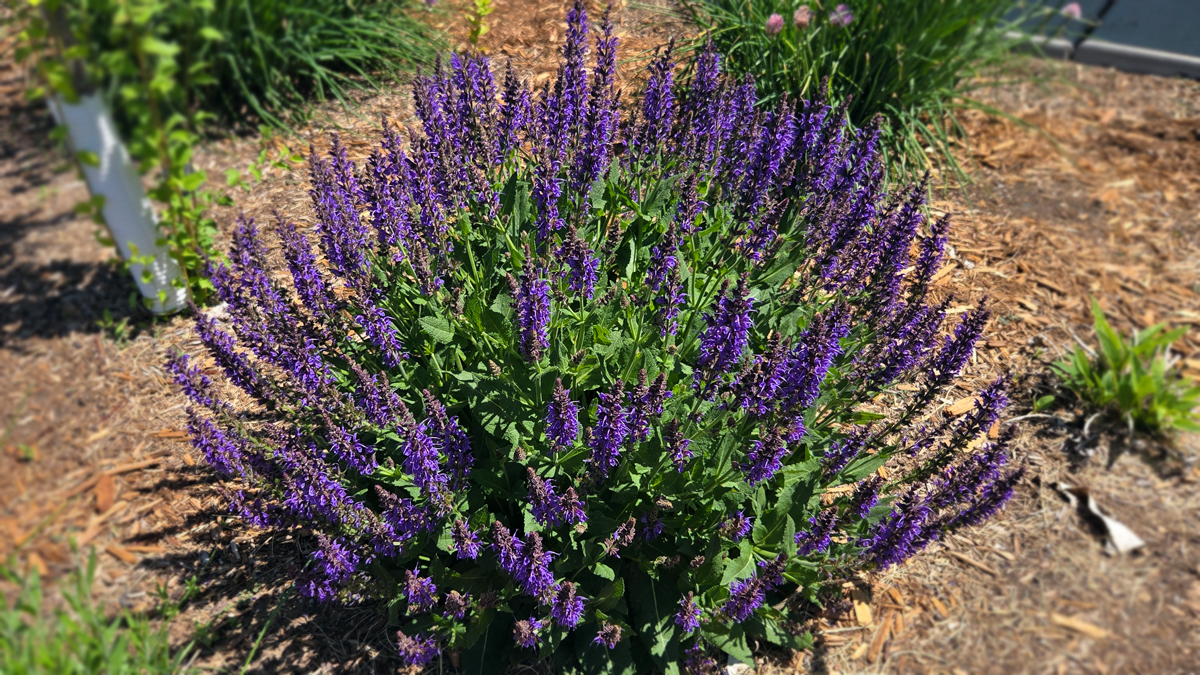
Meadow Sage (Salvia pratensis)
Common names
Meadow Sage, Meadow Clary
Plant Family
Lamiaceae (Mint Family)
North American Native
No
Description/Taxonomy
This herbaceous perennial forms a basal clump 1 to 1.5 m (3.3 to 4.9 ft) tall, with rich green rugose leaves that are slightly ruffled and toothed on the edges. The stems have four edges and are clad in glandular and soft hairs. The Latin specific epithet pratensis means "of meadows", referring to its preferred habitat. The flowers are typically violet-blue and arranged in distinctive upright spikes.
History
While Meadow Sage has been present in European meadows and grasslands for centuries, it has been somewhat overshadowed by its more famous relative, Common Sage (Salvia officinalis). Native to meadows and grasslands in Europe, this species has traditionally been valued more for its ornamental qualities and wildlife benefits than for culinary or extensive medicinal use. However, it has medicinal properties such as bactericidal, healing and regulating sweating.
Parts Used
Flowers and leaves
Hickok Farms Products
Coming Soon
Affiliate Disclosure: As an Amazon associate, we may earn commissions from qualifying purchases made through our links to Amazon.com products.
Products
Amazon
Buy SeedEbay
Cultivation
Easily grown in average, dry to medium moisture, well-drained soils in full sun. Tolerates drought. Prefers gravelly or sandy soils with good drainage. Propagate by seed in pots in a cold frame in spring. Plants may repeat bloom throughout the summer, but generally need regular moisture to encourage this.
Growing Zones
3-8
Light Requirements
Full Sun (tolerates light partial shade)
Soil Moisture
Dry to Medium (well-drained)
Mature Height
3' - 5' tall
Mature Spread
1' - 2' wide
Bloom Time
July to August (early to mid summer)
Advantages
Its flowering attracts abundant pollinators and contributes to the biodiversity of the environment, drought-tolerant, low-maintenance, excellent for wildflower meadows, attractive violet-blue flower spikes, deer resistant
Constituents
Valuable phenolic compounds and biological potential, essential oils, flavonoids, and various bioactive compounds typical of the Salvia genus.
Herbal and Medicinal Uses
It has medicinal properties such as bactericidal, healing and regulating sweating. While not as extensively used medicinally as other Salvia species, Meadow Sage has traditional applications for minor wounds and as an astringent. While Meadow Sage (Salvia pratensis) belongs to the Salvia genus, which includes edible species like sage (Salvia officinalis), it is not commonly used for culinary purposes.


